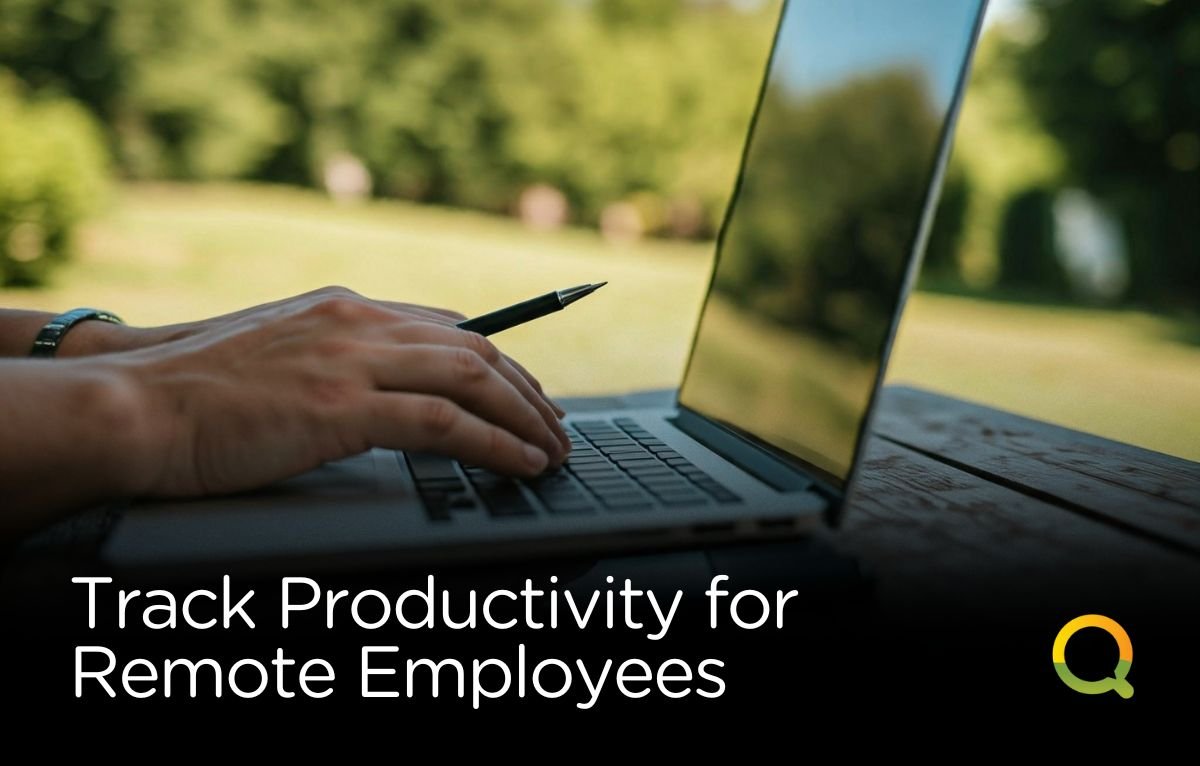
Remote work has changed how we define productivity. With teams operating across cities and sometimes countries, traditional in-office methods no longer apply.
Managers now need to ensure performance without invading privacy or creating pressure. It’s a fine line between staying informed and micromanaging.
Learning how to track productivity for remote employees the right way builds both efficiency and trust. The solution isn’t tighter controls, but smarter systems, clearer goals, and empowering communication.
In remote settings, output matters more than hours. Too much focus on time tracking can lead to inflated logs and disengagement.
The real question isn’t “how long was someone active?” but “what did they achieve today?”
Managing the outcome removes the guesswork. It also eliminates the need to constantly watch or ask. When expectations are clear, and people know what they’re responsible for, most will rise to the occasion.
Let them choose how they work best. This autonomy often leads to stronger results and improved morale.
Teams thrive when they’re treated like partners, not interns. If you’re serious about learning how to track productivity for remote employees, you have to redefine what productivity looks like in the first place.
Without face-to-face interaction, remote employees need clarity more than ever. Goals must be specific, measurable, and tied to business outcomes. This isn’t micromanagement. It’s smart leadership.
Here’s how to do it:
These KPIs help remove ambiguity and provide a shared reference point. Team members can prioritize better, and managers gain peace of mind knowing expectations are being met.
Software should empower teams, not control them. Productivity tools work best when they help your employees do their job, not when they act like digital watchdogs.
Use project management apps like Asana or Trello to assign and monitor tasks. Time-blocking tools, collaborative dashboards, and CRM automation like those offered by Qupify can help keep everyone aligned without the need to watch every keystroke.
The right tools streamline tasks, reduce confusion, and give team members insight into their own performance.
When exploring how to track productivity for remote employees, remember that software should be a shared space, not a hidden camera.
It’s tempting to overcompensate for the lack of in-person interaction with frequent video calls or constant chat messages. But this can overwhelm employees and reduce their work time.
A better approach is to build a cadence: consistent check-ins that focus on support rather than inspection. Schedule short one-on-ones weekly or biweekly. Use that time to remove roadblocks, offer feedback, and review key priorities.
The tone here matters. Keep conversations open, collaborative, and future-focused. Instead of questioning progress, explore opportunities: “What’s something you learned this week?” or “What can we do differently next sprint?” This method builds trust and engagement.
Self-reporting isn’t about shifting responsibility. It’s about empowering accountability. When team members reflect on their own progress, they often catch things managers might not.
Set up a brief weekly report system where employees summarize:
This structure not only keeps everyone aligned but also gives employees a chance to recognize their own momentum. It’s one of the most effective, low-friction ways to manage remote teams.
Tools like Google Forms, Slack check-ins, or automated CRM tasks can streamline this process. Qupify’s task automation features are especially useful here, saving hours every month across teams.
Productivity isn’t only about solo work. Collaboration with others can keep momentum high and create shared accountability. Regular team syncs, peer reviews, and joint project ownership can make a big difference.
When employees know their progress affects others, they’re more likely to stay engaged. Encourage co-working sessions, pair programming, or rotating lead roles. These strategies shift responsibility sideways, creating peer-driven motivation instead of top-down enforcement.
If you’re still refining how to track productivity for remote employees, think of ways to promote teamwork even when everyone’s apart.
People work better when they feel respected. That’s why trust is the foundation of any productivity system. If your tracking feels secretive or overly intrusive, your team may disengage or even burn out.
Start by explaining the “why” behind your methods. Be clear that tools and reports are used for alignment, not control. Make room for questions, feedback, and adjustments. The more your team understands your goals, the more they’ll help you reach them.
Transparency is key, especially when implementing something new. Roll out new systems gradually, collect feedback, and adjust based on what works best for your people.
Even with solid systems, not everyone will perform at the same level. Sometimes, a team member falls behind. The goal is not to catch them off guard, but to catch them before the problem grows.
Use data from your check-ins and tools to spot patterns. Is someone missing deadlines? Are they less engaged in team calls?
Instead of launching into a correction, start with curiosity: “I noticed this project has slowed down. What’s happening on your end?”
This opens the door to solutions without defensiveness. It may be a personal challenge, a misunderstanding of goals, or a workflow issue. The earlier you step in with empathy, the better the outcomes.
Mastering how to track productivity for remote employees takes more than installing new tools or adding more meetings. It’s about building a culture where clarity and trust go hand in hand.
Set meaningful goals, use empowering tools, and communicate openly. With the right systems in place, your remote team won’t just stay on track, they’ll thrive.
Qupify helps businesses stay productive through CRM automation, digital task systems, and outsourced support. Let us help you streamline your remote team’s performance.